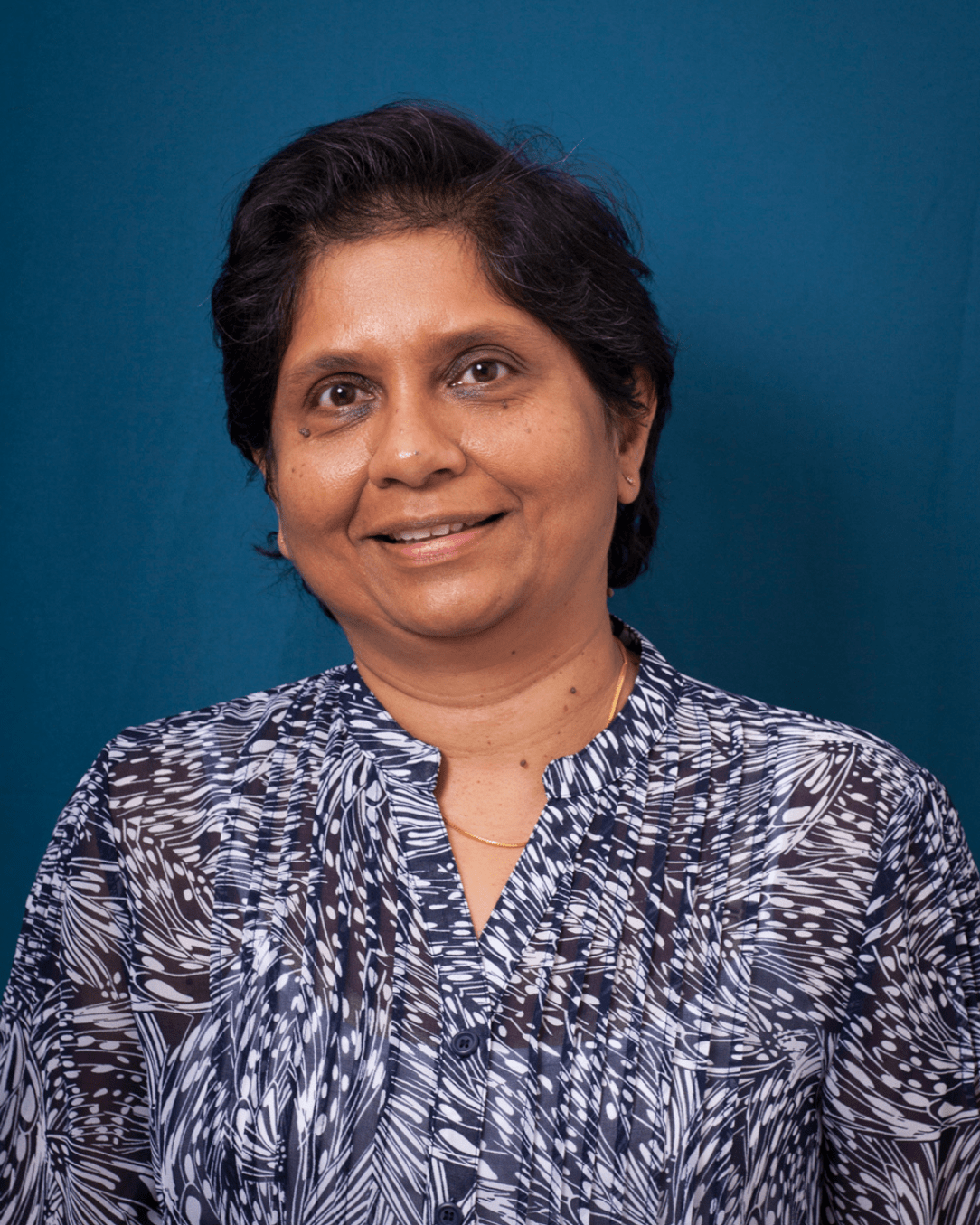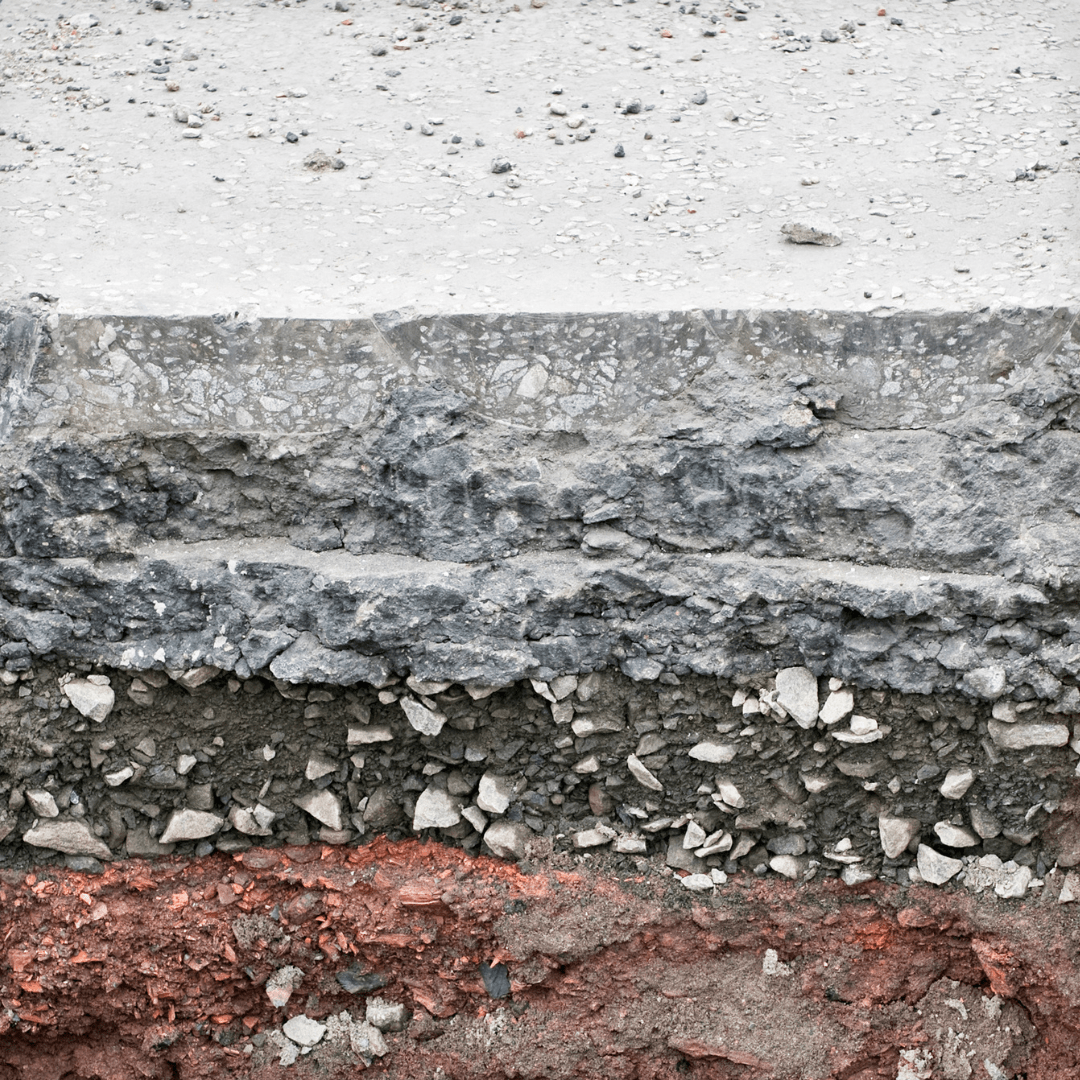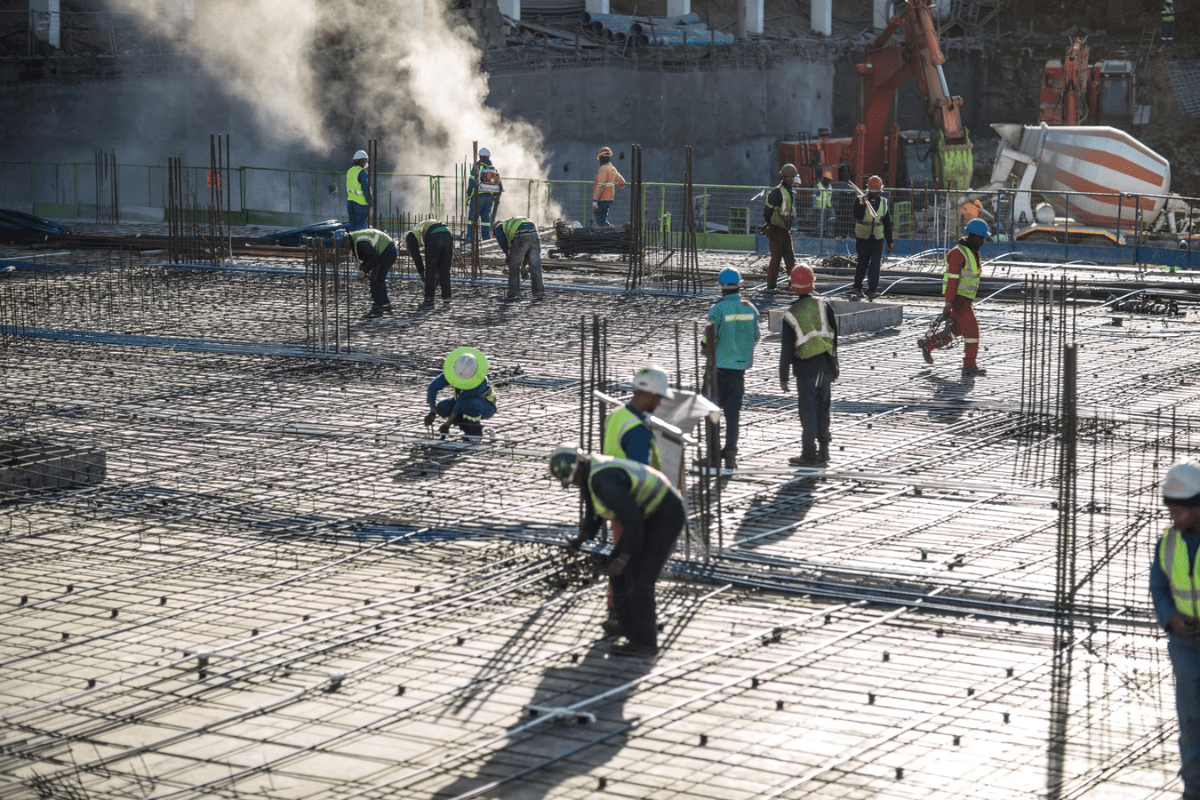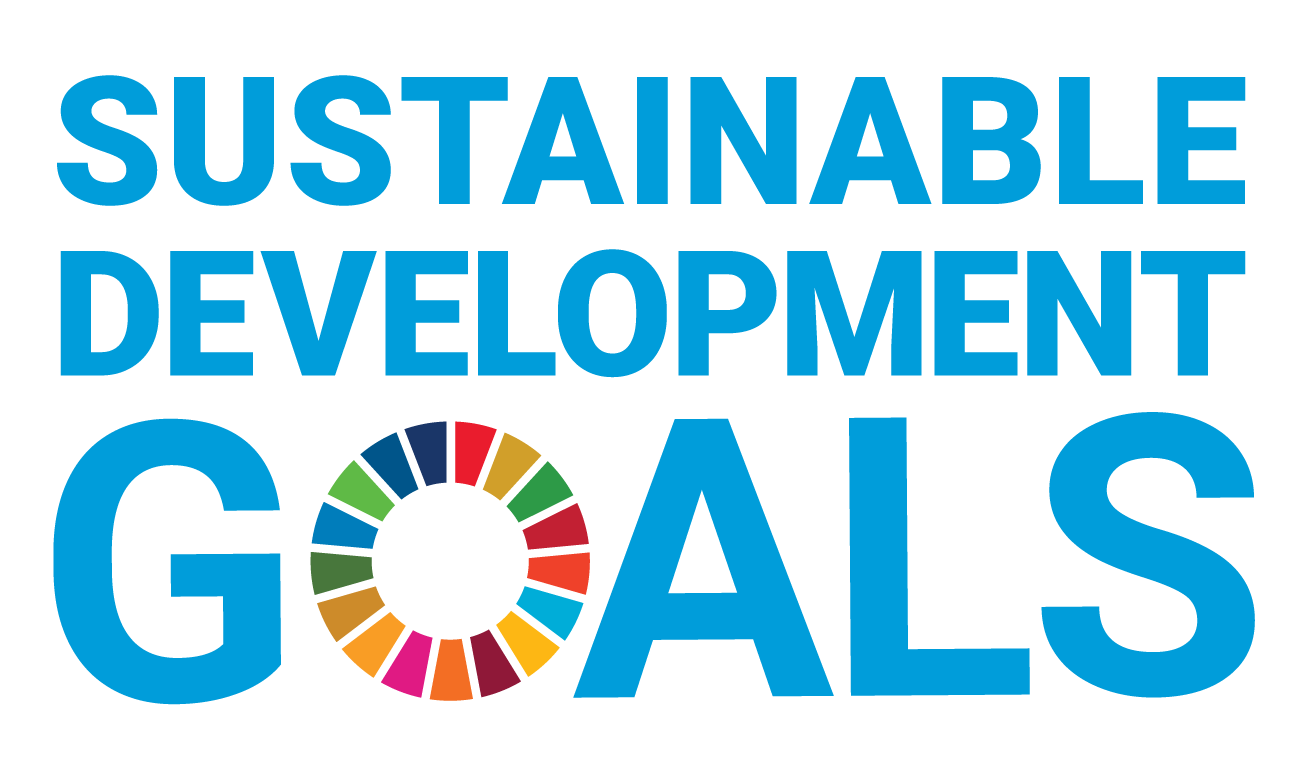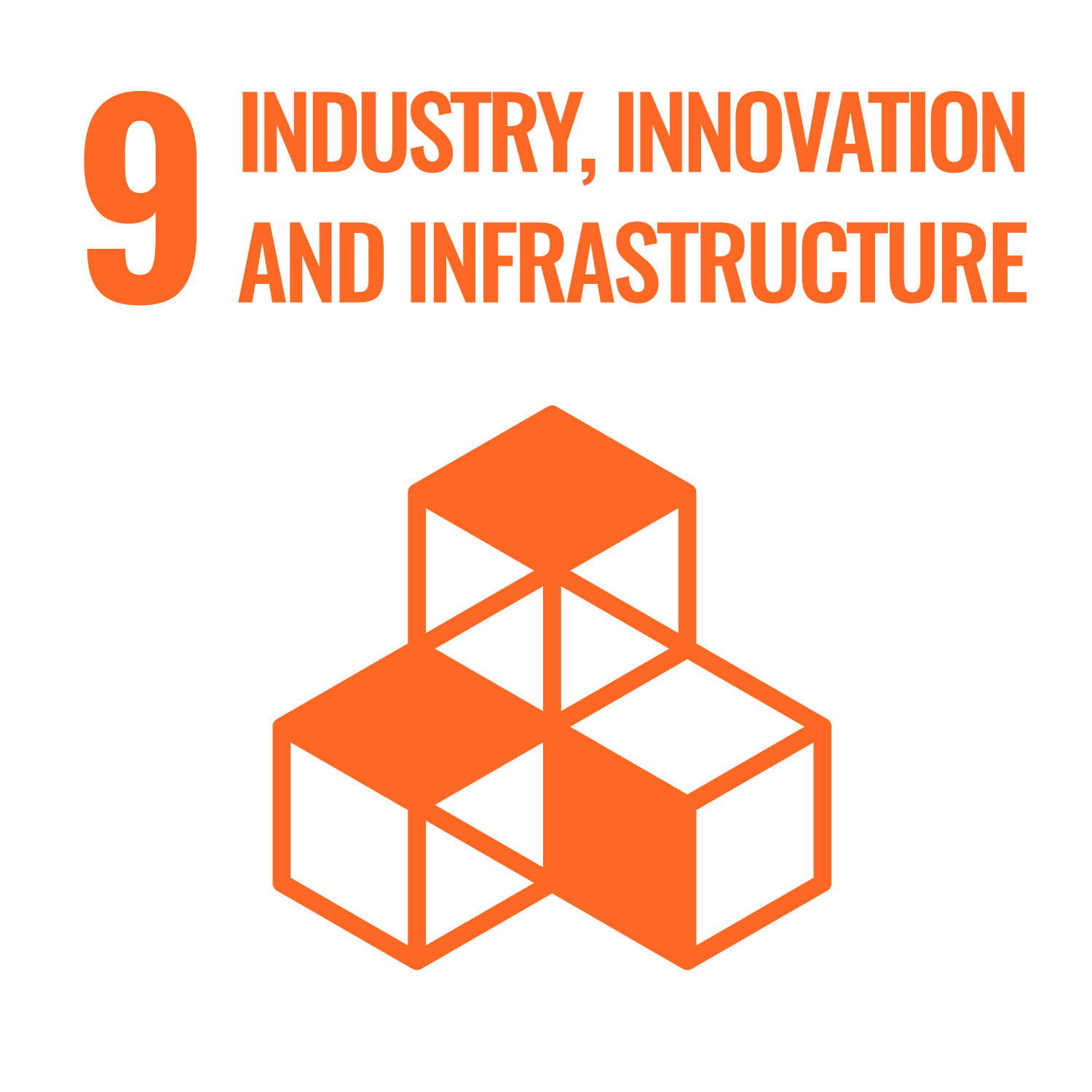You can search for courses, events, people, and anything else.
The American Society of Civil Engineers is a distinguished professional society with a global membership dating back to 1852, and currently represents more than 150,000 members of the civil engineering profession in 177 countries. But in all that time, only one Australian woman has been elected as an ASCE fellow. Professor Deepa Samanthika Liyanapathirana of Western Sydney University received this distinction in 2021 for her contribution to computational geomechanics.
Computational geomechanics uses numerical methods to analyse and predict the behaviour of geotechnical structures embedded in or in contact with the ground. In geotechnical engineering, small-scale tests of soil-structure interaction issues are futile because they can’t replicate in situ stress levels. Field-scale testing is prohibitively expensive. Hence computational geomechanics is a powerful tool. It is used to design geotechnical scenarios such as tunnels, retaining structures, slopes, excavations, and pile foundations and test how they withstand different groundwater flow conditions and types of loads during the design life, including earthquakes. In short, computational geomechanics assists in the economical design of safer infrastructure.
Liyanapathirana has established herself as a leader through her work on pile foundations — long columns used to support a building by transferring its weight to deeper, more stable layers of the ground — and is developing new analysis methods for complex geotechnical problems. She has studied the dynamics of driving piles into the ground, their behaviour under earthquakes, and how pile foundations are affected by deformations in the ground that occur during nearby construction activities such as deep excavations and construction-induced ground vibrations. Her work on the effect of soil behaviour on pile foundations, particularly in seismically active regions where soil liquefaction happens, won her the American Society of Civil Engineers’ Thomas A. Middlebrooks Award in 2007.
Liyanapathirana first became involved in computational geomechanics while doing her undergraduate degree in civil engineering at the University of Moratuwa in her native Sri Lanka. "I was introduced to computer programming for my final year thesis, and I was instantly attracted to it," Liyanapathirana reflects. She later moved to the University of Western Australia where, she notes, "my PhD supervisor was looking for someone who loved programming, and that’s how it started".
One of the attractions for Liyanapathirana was the computer-based nature of the work, since it gave her the work–life balance that is so difficult to achieve for many women in academia who have children. "As I progressed through my career, particularly in the early stages, this flexibility to work in my own time was a huge advantage to me," she explains. "I was doing my PhD when my first daughter was born, and my second was born when I was in a postdoctoral position at the University of Sydney. I received a lot of encouragement from my supervisors to resume my research projects after maternity leave both times. They highly valued my contributions to the projects and created a flexible working environment for me. I am truly grateful to them. The nature of the research meant I could work from home at night because I only needed a laptop and an internet connection to access university servers."
Need to know
- Deepa Samanthika Liyanapathirana is a civil engineer with a focus on computational geomechanics.
- She established herself as a leader in the field through her work on pile foundations.
- She is a keen supporter and mentor for women in engineering.
"I only needed a laptop and an internet connection to university servers."
PAYING IT BACK
Liyanapathirana’s move from Sri Lanka was also made easier by the support she was given. "The research team at the University of Western Australia at that time was predominantly a multicultural group of PhD students," says Liyanapathirana. "There was also a very focused and productive female postdoctoral fellow who did great work, and it was helpful to have someone to look up to."
Because of this experience, Liyanapathirana realises the importance of role models and is eager to pay back for the opportunities she has had. She is a keen supporter and mentor for women in engineering —an academic field where they remain a small minority. She estimates that only 12 to 13% of Western Sydney University’s civil engineering students are women.
In 2006, she and other female academics at the University set up the ‘Women of Wisdom’ group with the aim of increasing the retention of female engineering students. "We’re still going very strong," she says. "Every year we hold icebreaker events, speed networking events, poster presentations and competitions, and invite people from industry."
While her academic work is most directly related to the ninth United Nations Sustainable Development Goal (SDG) on industry, innovation and infrastructure, she sees the fifth SDG on gender equality as a more personal mission.
STABILISING SYDNEY
Sydney is a particularly interesting place to be a civil engineer. The western part of the city sits on a layer of sedimentary rock, which in turn sits on top of sandstone. Known as Bringelly Shale, this sedimentary rock is highly reactive to moisture and has a soft, fine-grained texture, which gives it a low strength and stiffness. This makes it prone to expand and contract in wet and dry seasons and thus challenging to build on.
Foundations built on Bringelly Shale often settle unevenly, which leads to cracks and other damage to buildings and roads.
Computational geomechanics has helped engineers and builders develop techniques to mitigate the risks posed by difficult ground conditions and design and build safe and durable structures on them. These techniques include development of new ground improvement methods to mitigate risks using reinforcement methods, like the piles studied by Liyanapathirana, and installation of drainage systems to control groundwater levels.
While Liyanapathirana’s work has had primarily an academic focus, she also works on projects with industry partners. "Right now, we have a project trying to find a solution to the Bringelly Shale problem by developing a new binding agent to treat and improve the ground."
PREPARING FOR THE FUTURE
New areas of research for Liyanapathirana are the study of soil-structure interaction issues for foundations in unsaturated soils, and the long- and short-term effects of construction-induced ground movements and vibrations on foundations. There are many soil models to simulate unsaturated soil behaviour but their use for understanding the behaviour of geotechnical structures is limited. Considering construction-induced ground movements is important for massive infrastructure projects in populated areas. In some cases, these movements are beneficial to the foundations; for example, when installing columns for ground improvement, densification around columns can improve the loads that can be taken by them. In other cases, they can destroy structures on adjuvant foundations.
Increasing global temperatures and rising sea levels will make extreme weather more common, increasing the risk of flooding and landslides, and in turn making foundation design increasingly challenging. Liyanapathirana’s research, along with that of other computational civil engineers, is helping to design and construct more sustainable and resilient infrastructure through a better understanding of rock and soil mechanics.
Meet the Academic | Professor Samanthika Liyanapathirana
Samanthika received her PhD in Geotechnical Engineering from the University of Western Australia and is currently a Professor within the School of Engineering, Design and Built Environment at Western Sydney University. She is an award-winning researcher at both national and international stages as the recipient of Australian Geomechanics Society award and Thomas A. Middlebrooks Award from the American Society of Civil Engineers (ASCE), which is the largest professional body for civil engineers. She is passionate about educating the younger generation and committed for high quality teaching, which is evident from winning the University of Wollongong Vice-Chancellor's Award for outstanding contribution for Teaching and Learning in 2008. She is a Fellow of the Engineers Australia since 2019. In 2021, she was elected as a Fellow of the ASCE and is the first female elected from Australia for this prestigious Fellowship. In 2023, she was appointed to the Australian Research Council as a member of the College of Experts. She is one of the founding members of the Women of Wisdom (WoW) group at Western established in 2016.
Credit
Future-Makers is published for Western Sydney University by Nature Research Custom Media, part of Springer Nature.
© georgeclerk/E+/Getty
© Zero Creatives/Image Source/Getty

